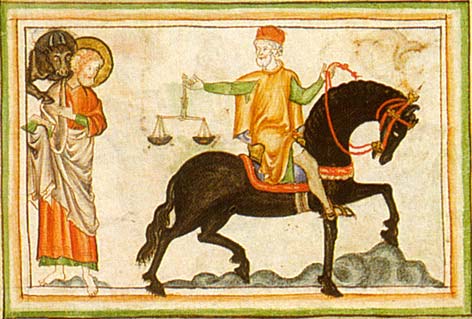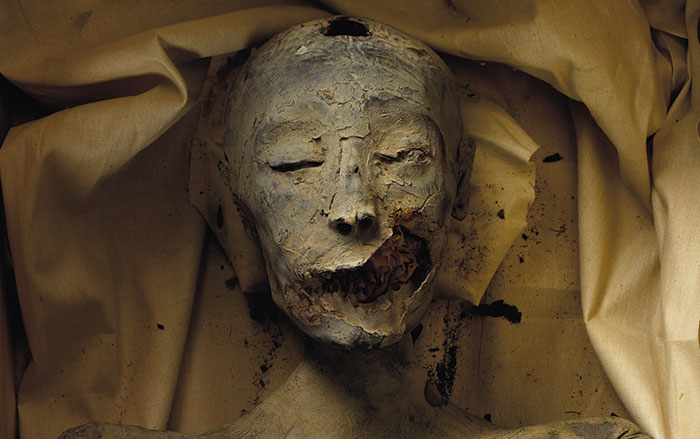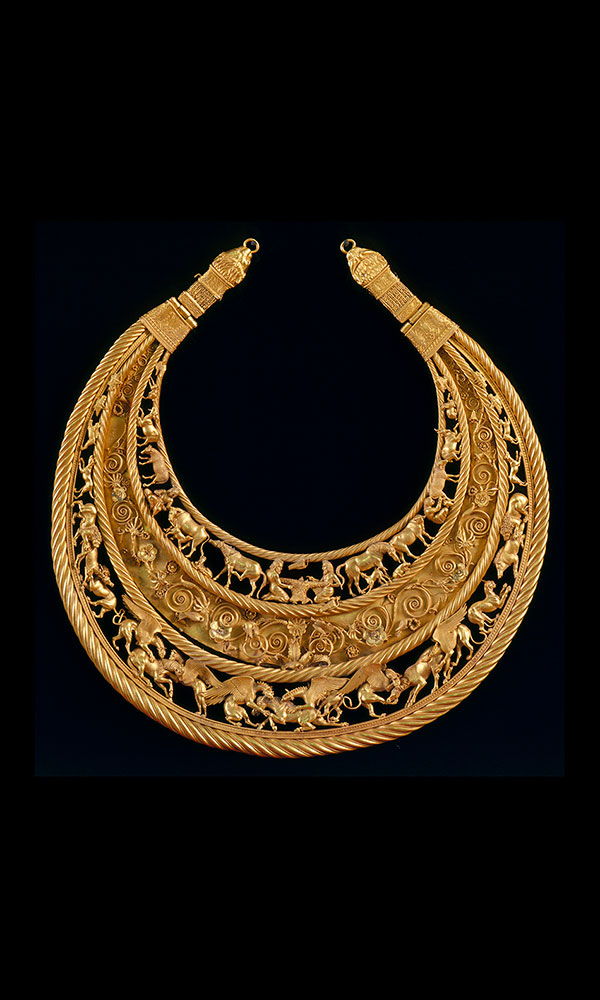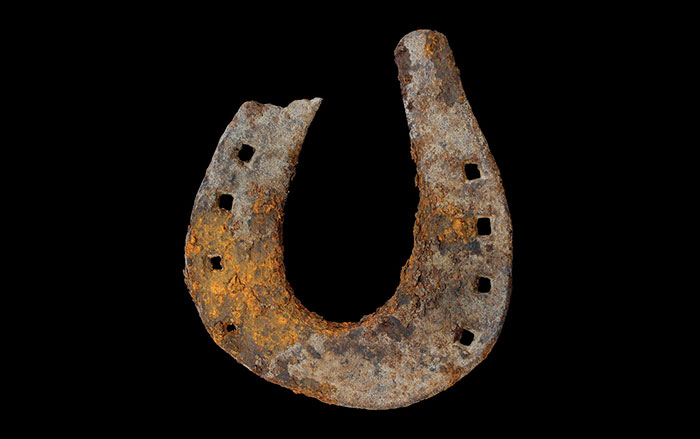
BERLIN, GERMANY—Arne Ludwig of the Leibniz Institute for Zoo and Wildlife Research led an international team of researchers in a genetic study of gaited horses. All horses can walk, trot, canter, and gallop, but certain breeds of horse have a mutation on a single gene that produces a smooth, four-beat gait known as the amble. The team analyzed DNA samples from 90 horses that lived between 6000 B.C. and A.D. 1000. They found the mutation in samples from two horses whose remains, unearthed in England, date to between A.D. 850 and 900, and in ten out of 13 samples from horse remains unearthed in Iceland. These horses lived between the ninth and eleventh centuries. None of the samples from mainland Europe carried the mutation that produces the amble. “As far as we know today, ambling horses originated in early medieval England and spread around Eurasia within a few centuries,” Ludwig told The Guardian. He suggests that the Vikings may have transported their comfortable mounts from England to Iceland, where they were bred for the trait. For more, go to "The Story of the Horse."











